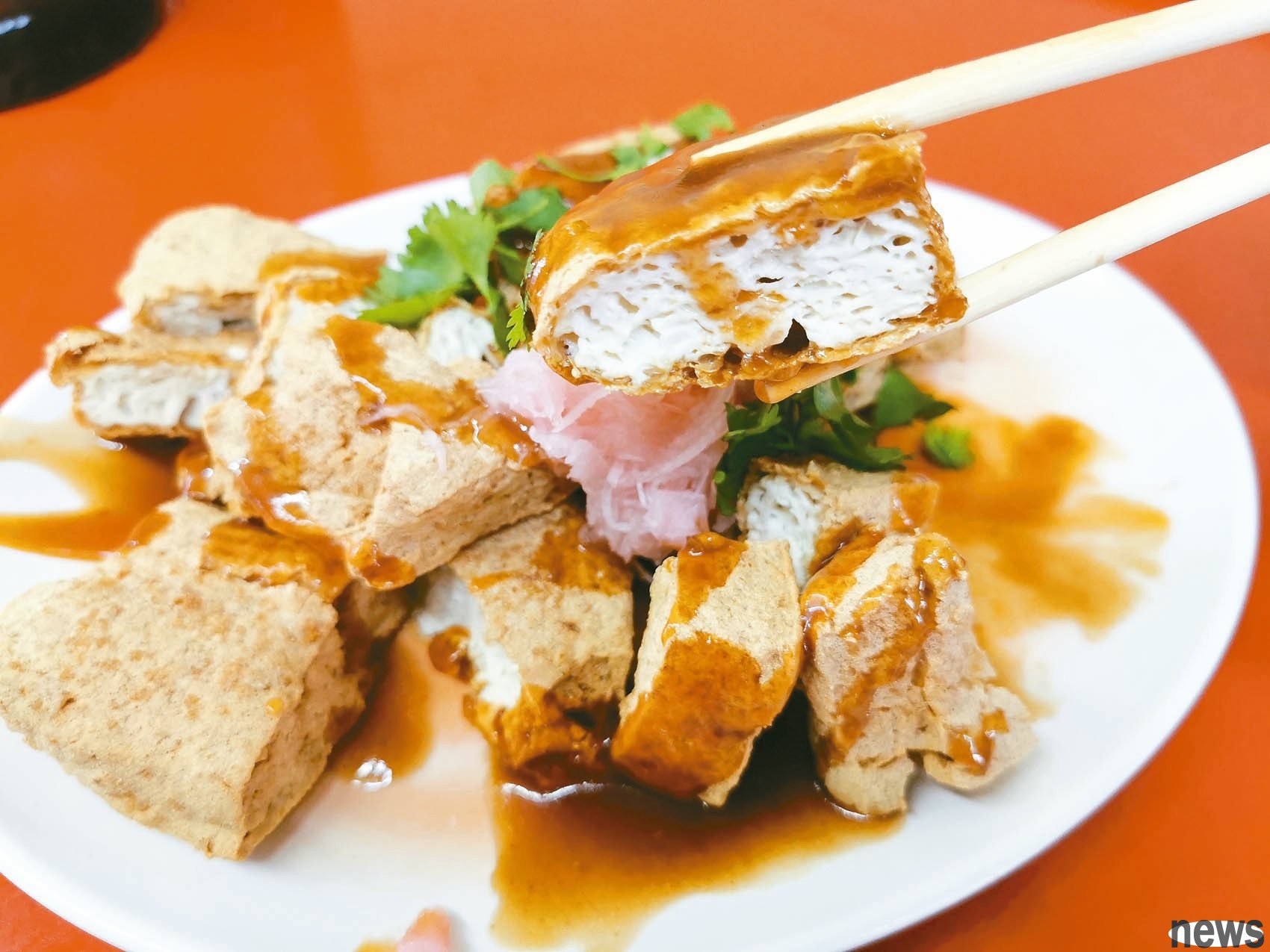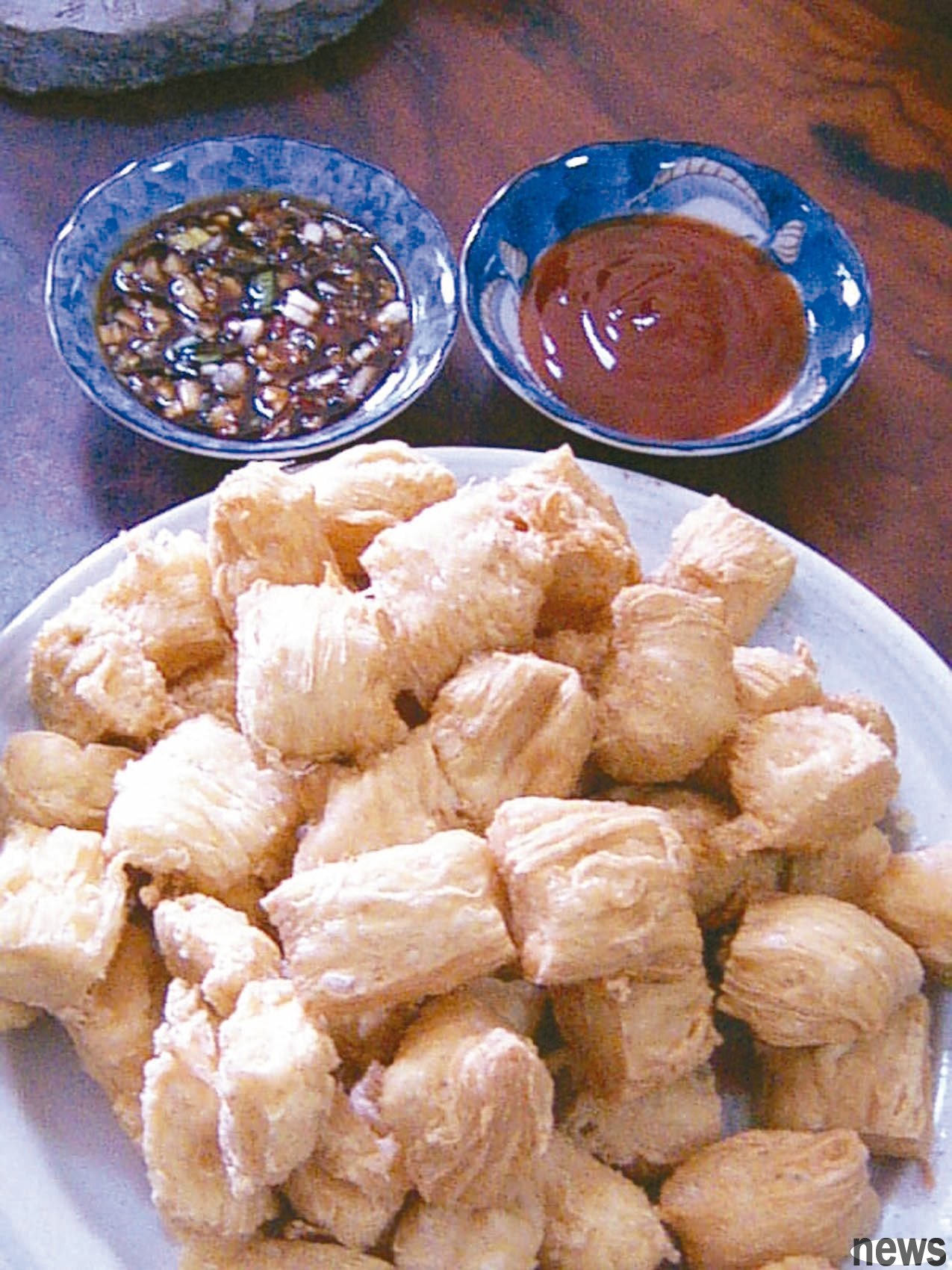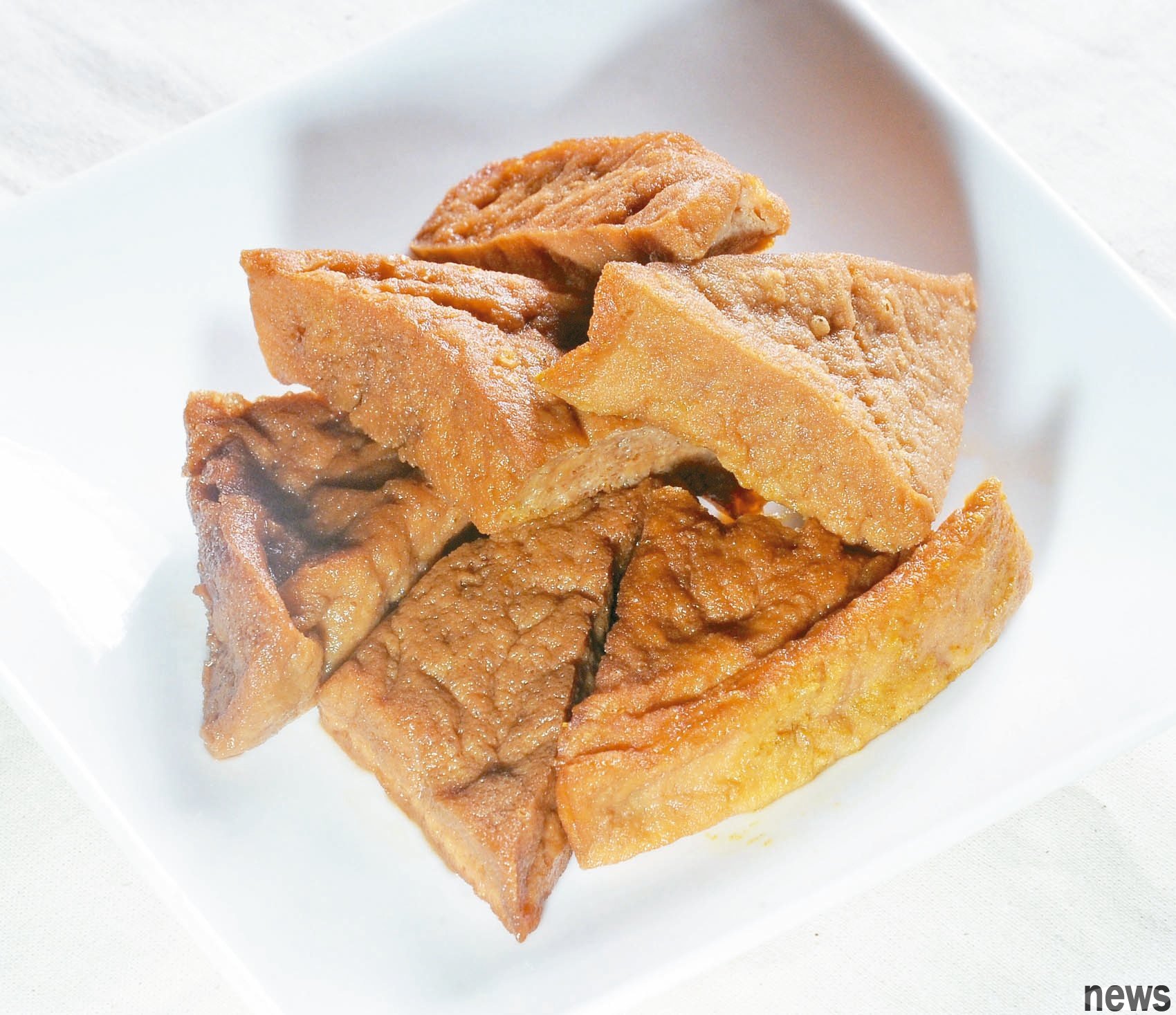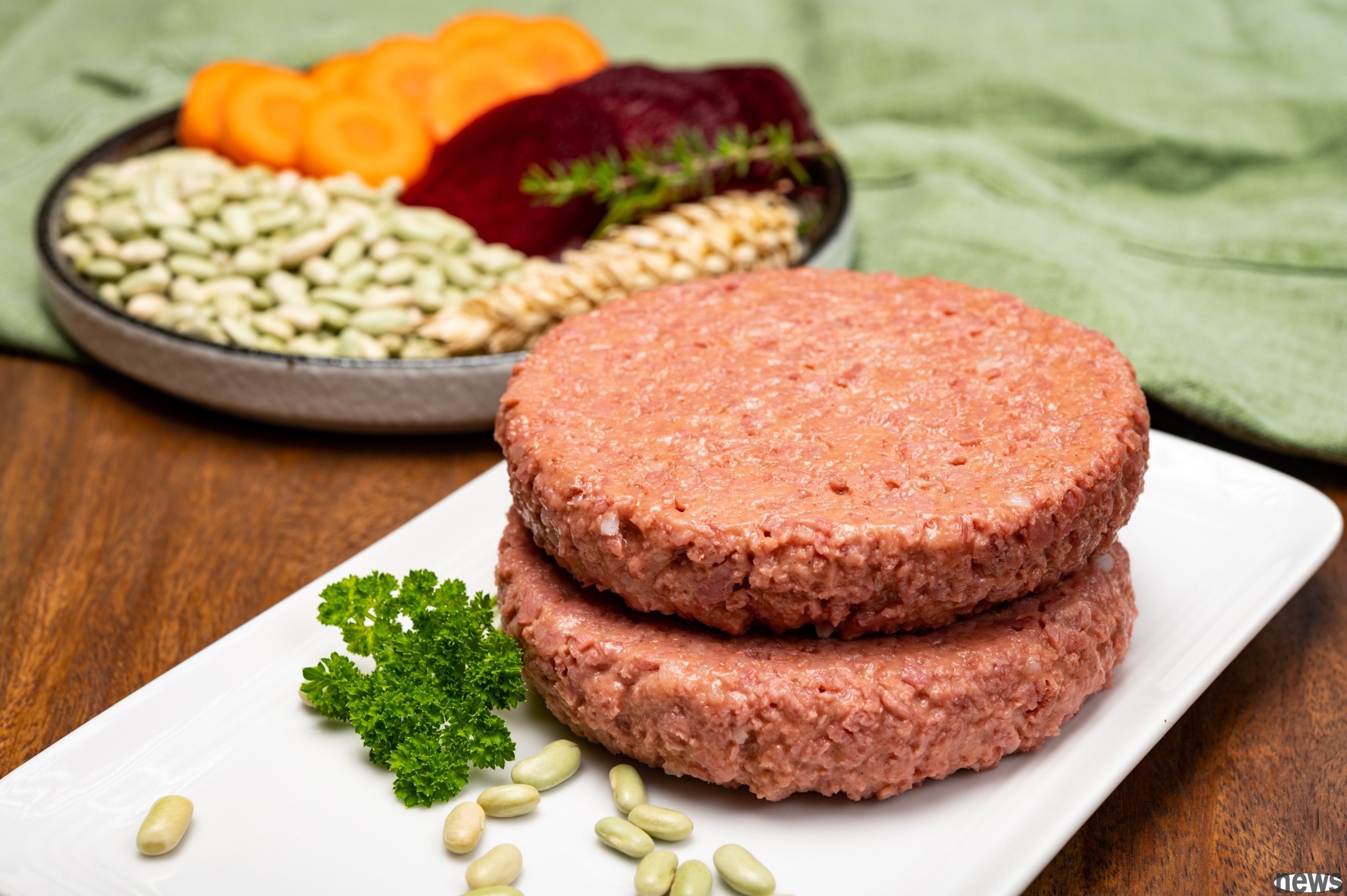 [The highlight of this article] Six kinds of bean products, including 100-page tofu, fried bean curd, oil tofu, bean paste, vegetarian meat and stinky tofu, all have different health risks. Hundred-page tofu has high heat and high calcification sterol. The nutrient consumption of fried bean peels is easy to increase the risk of cardiovascular disease. The hot amount of oil tofu is twice that of plate tofu. High salt and high sugar are also problems. Beans have almost no nutritional value and are often found to have problems with excessive amounts of preservatives. Excessive use of excessive amounts is not conducive to health. Vegetarian meat has high salt and high oil problems, which is detrimental to cardiovascular and liver health. Traditional stinky tofu ingredients are mostly free from bacteria, which is easy to produce harmful substances such as cystella bacteria. In addition, high salt in the flavoring ingredients is not conducive to health. --by ChatGPT
[The highlight of this article] Six kinds of bean products, including 100-page tofu, fried bean curd, oil tofu, bean paste, vegetarian meat and stinky tofu, all have different health risks. Hundred-page tofu has high heat and high calcification sterol. The nutrient consumption of fried bean peels is easy to increase the risk of cardiovascular disease. The hot amount of oil tofu is twice that of plate tofu. High salt and high sugar are also problems. Beans have almost no nutritional value and are often found to have problems with excessive amounts of preservatives. Excessive use of excessive amounts is not conducive to health. Vegetarian meat has high salt and high oil problems, which is detrimental to cardiovascular and liver health. Traditional stinky tofu ingredients are mostly free from bacteria, which is easy to produce harmful substances such as cystella bacteria. In addition, high salt in the flavoring ingredients is not conducive to health. --by ChatGPTIs eating bean products healthy? Actually, I can't see it.
The common 6 types of bean products, including tofu, bean paste, fried bean skin, stinky tofu, oil tofu, and vegetarian meat, are affected by the process and processing methods. If you eat too much, you may suffer from chronic diseases in the future.

100-page tofu cannot be considered a bean product, because its preparation is not made of bean paste and coagulation, but is made of salad oil, soy protein, refining powder and various flavoring ingredients. In particular, half of the tofu on the page is made of oil and fat, and the heat is quite high. It is easy to get fat and have high calcium sterol problems after eating it.

Although the taste is comfortable, it is actually very oily. Its production process is to fry the skin that floats on the top of the bean paste to extend the shelf life and increase the taste. However, the nutrients of the bean paste are almost damaged. The oil that is repeatedly fried even produces trans fat. Eating too much can easily increase the risk of cardiovascular disease. It is best to choose less processed moisturized bean paste.

Small triangle oil tofu is made of traditional tofu fried. It looks golden and crispy and not easy to break. However, due to the fact that oil tofu is fried, its heat is twice that of the same amount of tofu. In addition, most oil tofu will be made into red or cold soup with sauce, sugar, salt and other flavoring ingredients. The salt and sugar cannot be slimmed. Excessive intake is not conducive to overall health.

Many people eat thin rice habits with a sweet, orange bean. It is a multi-processed food that cuts the dried beans into pieces, frys, and then coats them with sugar, salt, oil, food coloring and various additives. It has almost no nutritional value, and is often found to contain excessive preservatives and is not conducive to health.

Vegetarian ham, vegetarian meat, vegetarian fish and other raw materials are soy protein, gluten, grains, mushrooms, etc., plus many food additives, such as gelatin, pigments, spices, etc., which not only causes the loss of many nutrients, but also has high salt and high oil problems, which are consumed for a long time, which is not conducive to cardiovascular and liver health.
6. Stinky tofuTraditional stinky tofu is naturally fermented. Most of its raw materials are prescriptions, most of which are not overly killed, and have a relatively high chance of producing other bad bacteria, such as cross-disinfection of rostral bacteria. Studies have found that the more odorous the stinky tofu is, it means that there are more ammonia, proliferating amines, stenosis and other substances that are harmful to the body, and the greater the harm. Moreover, whether it is fried or steamed tofu, plus kimchi and sauce, the average salt volume per serving is about 10 grams, which exceeds the average daily salt intake of 6 grams for the people.
Responsible editor: Gu Zihuan